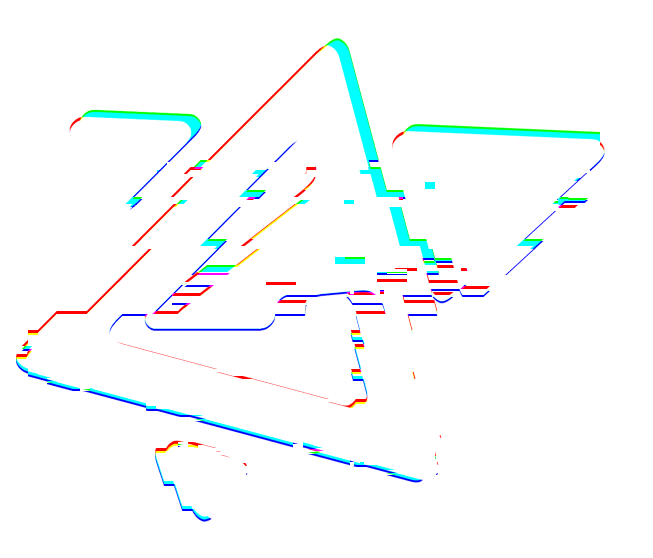10 golden rules of email etiquette
August 9, 2025 | 6:37 AM

We would like to hear your gaming ideas and convert it into reality simply by exchanging the interesting talks about your project requirement in detail.
The Unseen Forces of Crazy Hunter
Crazy Hunter, a popular mobile game, has captured the attention of millions with its addictive gameplay and thrilling challenges. But have you ever wondered what lies beneath the surface? What mathematical concepts are at play when players tap, swipe, and dash their way to victory? In this article, we'll delve into the math model behind Crazy Hunter's gameplay, uncovering the intricate patterns and algorithms that drive the game's mechanics.
The Basics: A Brief Overview of Game https://crazyhuntergame.com/ Mechanics
Before diving into the math model, let's quickly review the basic gameplay elements. Crazy Hunter is a endless runner-style game where players control a character (the "Hunter") as they navigate through increasingly challenging terrain. The goal is simple: collect coins, avoid obstacles, and survive as long as possible.
The game features various power-ups, boosts, and upgrades that can be earned or purchased using in-game currency. Players must strategically use these items to overcome specific challenges or defeat rival hunters. As the game progresses, levels become progressively harder, introducing new enemies, obstacles, and environmental hazards.
Mathematics of Movement: Kinematics and Dynamics
At its core, Crazy Hunter's movement system is based on kinematic equations, which describe an object's motion in terms of position, velocity, and acceleration. The Hunter's character model can be simplified to a point mass with a constant acceleration, making it easier to calculate its trajectory.
When the player taps or swipes on the screen, they send input signals to the game engine, which interprets them as movements for the Hunter. The engine then uses kinematic equations to update the character's position and velocity over time.
The dynamics of movement are also influenced by factors like gravity, friction, and air resistance. Although these forces are negligible in a 2D environment, they add an extra layer of realism to the game. By taking into account the effects of gravity and friction, the developers can create more realistic and engaging gameplay experiences.
Obstacle Avoidance: A Matter of Geometry
Obstacles and enemies are crucial components of Crazy Hunter's gameplay, requiring players to think strategically about navigation and avoidance. At its core, obstacle avoidance is a geometric problem, where the player must compute the shortest path between two points (the Hunter and the obstacle) while considering factors like distance, speed, and direction.
The game uses algorithms from computational geometry to calculate optimal paths around obstacles. These algorithms take into account various constraints such as:
By applying these geometric concepts, Crazy Hunter's developers have created a game where players must carefully plan their movements to avoid deadly obstacles and enemies.
Coin Collection: An Optimization Problem
Coins are scattered throughout the level, requiring players to collect them as quickly as possible. This is an optimization problem, where the player must find the most efficient path to collect coins while minimizing time spent on unnecessary detours.
The game's coin collection mechanics use algorithms from operations research and combinatorial optimization. These algorithms search for optimal solutions by considering factors like:
Power-Ups and Upgrades: An Incentivization Model
As players progress through levels, they earn power-ups and upgrades using in-game currency. This is an incentivization model, where the game rewards players for achieving specific goals or milestones. Mathematically speaking, this can be modeled as a reward system with adjustable parameters to balance difficulty and reward schedules.
In the context of Crazy Hunter, power-ups and upgrades serve several purposes:
Conclusion: The Math Model Unveiled
Crazy Hunter's gameplay appears chaotic and unpredictable, but beneath the surface lies a complex math model that governs its mechanics. By understanding these mathematical concepts – kinematics, dynamics, geometry, optimization problems, and incentivization models – we gain insight into the game's inner workings.
The developers of Crazy Hunter have skillfully crafted a game that combines engaging gameplay with intricate mathematical algorithms. As players progress through levels, they become increasingly familiar with the math model at play, developing an intuitive sense of what works and what doesn't.
This article has offered a peek into the mathematical world beneath Crazy Hunter's surface. Whether you're a seasoned gamer or a math enthusiast, we hope this exploration has shed light on the fascinating interplay between math and game design in this beloved mobile game.
 categories
categories
 Recent Posts
Recent Posts
August 9, 2025 | 6:37 AM
August 9, 2025 | 5:21 AM
August 9, 2025 | 4:45 AM
August 9, 2025 | 4:31 AM
August 9, 2025 | 4:07 AM
 Recent Comments
Recent Comments